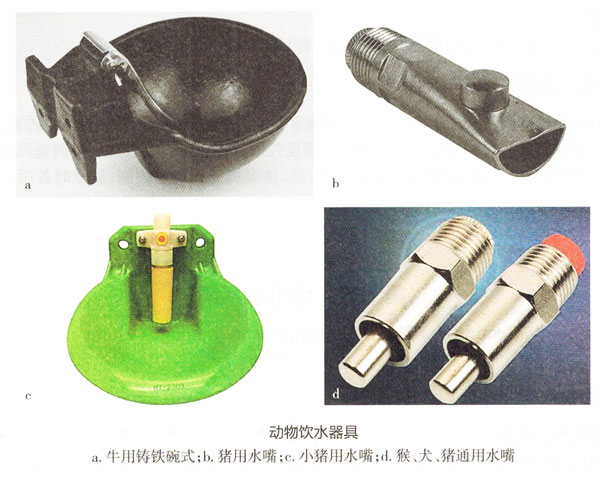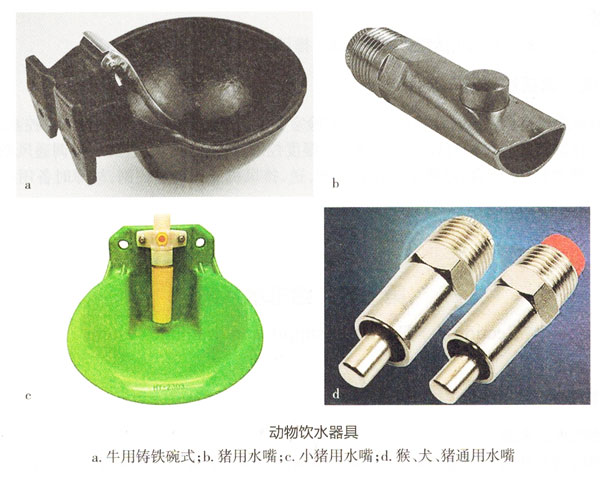
1. Animal drinking
(1) Water quality of animal drinking water
The breeding environment of experimental animals is divided into ordinary environment, barrier environment and isolation environment. Ordinary laboratory animal drinking water should meet the requirements of GB5749-2006 "Sanitary Standards for Drinking Water". The drinking water of laboratory animals raised in the barrier and isolation environment must be sterilized. The "Implementation Rules for the Management of Medical Laboratory Animals" promulgated by the former Ministry of Health requires that "the drinking water for animals in the barrier system should be acidified and sterilized water", and the "Beijing Laboratory Animal Use Permit Acceptance Rules" promulgated by the Beijing Municipal Office of Laboratory Animal Management requires "Animals above clean level drink sterilized water".
There are currently two core processes for sterilizing water treatment in animal laboratories: reverse osmosis pure water manufacturing process and ultrafiltration water purification manufacturing process. The two processes have their own advantages and disadvantages. In the design, the appropriate water treatment process should be selected according to the water quality of the raw water, and various treatment equipment should be reasonably combined to ensure that the water quality is stable, reliable and energy-saving during long-term operation. If the experimental animal uses a drinking bottle to drink water, the bottled water should be drunk after autoclaving. If you need to drink acidified water, add hydrochloric acid to the drinking water to adjust the pH to 2.5-3.0.
(2) The amount and way of drinking water for animals
The animals raised in the animal laboratory are divided into large, medium and small animals. Large animals such as: dogs, pigs, monkeys, sheep, cattle, horses, etc.; medium-sized animals such as rabbits, chickens, etc.; small animals such as: mice, rats, guinea pigs, etc. There are many ways for animals to drink water, such as sinks, faucets, water bowls, bottles, sipping heads, etc. The amount of water for animals is shown in Table 1-1-4.

Large animals consume a lot of drinking water, and they often use water dispensers that can be automatically distributed and can be self-cleaning without elbows, as shown in Figure 1-1-6. Water bowls and other equipment delivered to animal enclosures must be able to withstand the destruction of animals. The water bowl can be installed on the water pipe, wall or floor, and the replacement of the sip or faucet should be considered in the design. The height and length of the hose should also be adjustable to meet the needs of different species of animals. At the same time, pay attention to the direction of the water bowl in the fence, consider the direction of the fence switch, the direction of the animal, the direction of animal excretion and airflow. Drinking water for large animals is generally supplied from tap water after being sterilized by ultraviolet rays.

For small animals, there are three basic methods of water supply. One is through the hose attached to the cage and the sip; the second is the direct drinking water pipe network for unified water supply; the third is a simple drinking bottle, which is filled with water manually and placed on the cage with the sip, as shown in Figure 1. -1-7.

Drinking water bottles generally use non-toxic plastic bottles, with a metal mouth on the bottle, a metal shell and a rubber stopper on the mouth. The metal mouth is mostly stainless steel, and the front end is smooth, which is convenient for animals to suck. The outer shell of the bottle stopper is mostly aluminum skin to prevent animals from biting, because rodents and rabbits often have this behavior.
2. Showers for laboratory animals and laboratory personnel
The big animal enters the laboratory, and the design determines whether it needs a shower according to the requirements of the experimental process. The shower water is ordinary tap water, and the animal uses a hair dryer to dry the hair after showering. Before the experimenters enter the SPF laboratory, they should determine whether they need a shower according to the requirements of the experimental process. The experimenters entering the SPF breeding room should usually take a shower. The shower water is ordinary tap water.
3. Flushing the animal room
Clean-level and SPF-level small animal houses are generally kept dry and do not need to be washed. If washing is required, a certain water quality must be ensured, at least sterile water. Large and medium-sized animal rooms should be equipped with flushing facilities. Each animal room should be equipped with a flushing faucet. A flushing reel and a flushing water gun should be equipped next to the flushing faucet. Some animal cages, such as rabbit cages, have a water tank above it, and the water tank provides drinking water for the animals in the cage and flushing water for the cage.